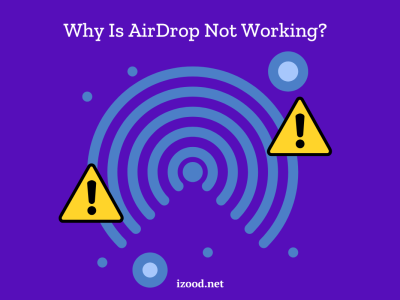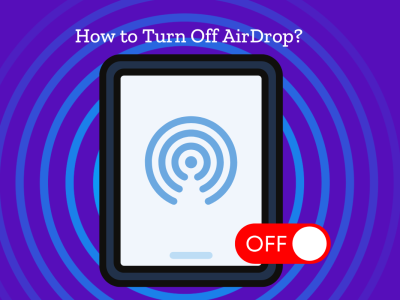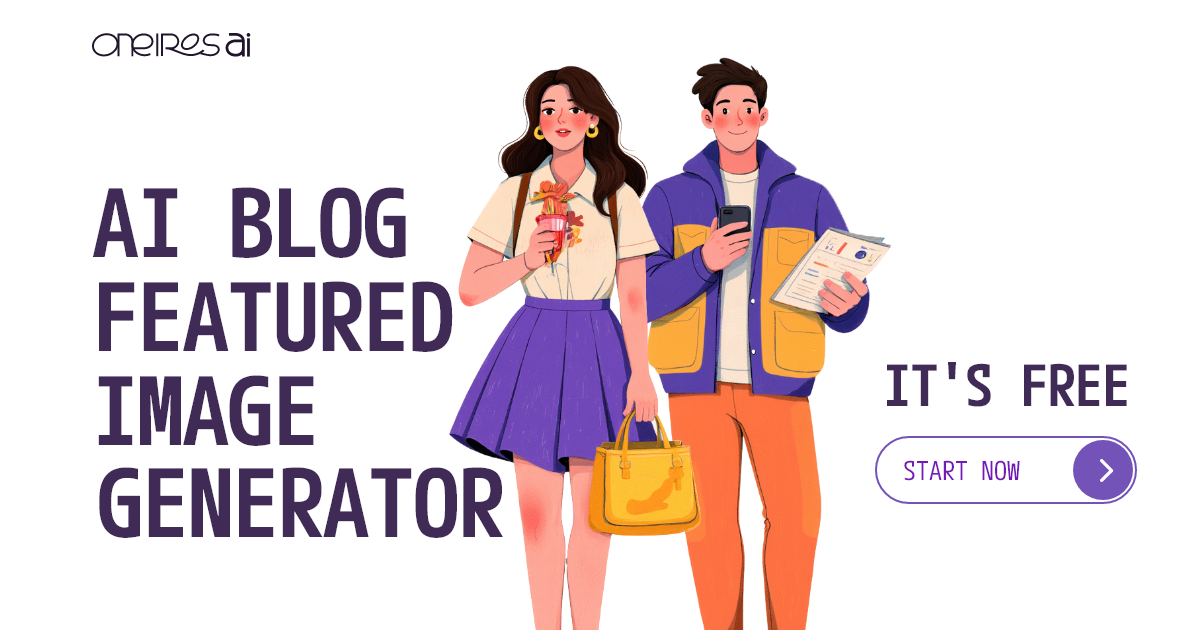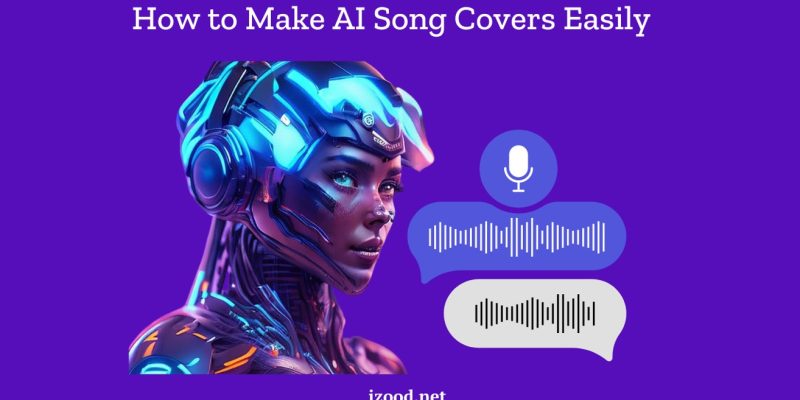
The world of music is continually evolving, and the rise of artificial intelligence (AI) in music creation has opened up exciting new possibilities. AI song covers are a thrilling application of technology, allowing both seasoned musicians and hobbyists to reimagine songs in unique ways. This guide will walk you through the process on “How to Make AI Song Covers”, ensuring that anyone can dive in, regardless of technical background.
How to Make AI Song Covers
Making AI song covers involves a series of steps that combine both artistic vision and technological know-how. Here’s a straightforward guide on how to create your own AI song covers:
Step 1: Grasping the Basics of AI Music Technology
AI music technology leverages algorithms and machine learning to analyze patterns in music. These algorithms can learn various musical elements such as melody, rhythm, and harmony from existing songs. Once trained, AI can generate new music pieces or modify existing tracks in different styles.
Tools You Might Need:
- Amper Music: Perfect for beginners, allowing easy music creation with minimal input.
- MuseNet by OpenAI: Offers a more in-depth approach, suitable for those who want to experiment with complex musical compositions.
- AIVA: Ideal for creating professional-grade music scores.
Step 2: Selecting Your Tool and Setting Up
Choose an AI music generator that fits your skill level and creative needs. Here are some steps to get started with these tools:
- Create an Account: Sign up and create an account on the platform of your choice.
- Explore the Interface: Familiarize yourself with the dashboard and available features such as genre, tempo, and instrumentation options.
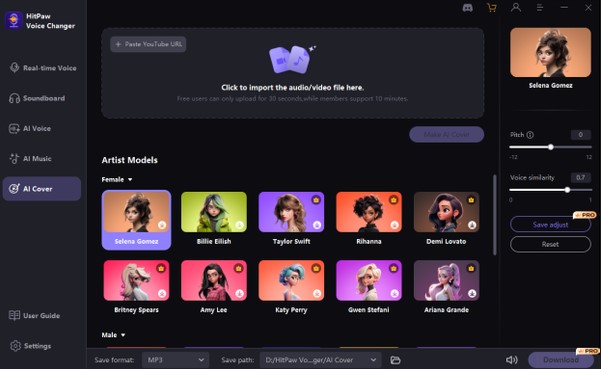
Step 3: Choosing the Right Song to Cover
Selecting the right song is crucial. Opt for a song that not only appeals to you but also suits the capabilities of the AI tool you are using.
Considerations for Song Choice:
- Popularity: Popular songs might have more data available, which can help the AI understand the track better.
- Complexity: Starting with a less complex song can be easier if you are new to AI music generation.
Step 4: Inputting the Song into the AI
This is where you interact directly with the AI tool:
- Upload the Song: If your tool allows, upload the original song or a MIDI file of the song you want to cover.
- Set Parameters: Define the genre, tempo, and instruments based on the new style you aim for. For instance, converting a pop song into a jazz track might require changing the instrument set to saxophones and pianos.
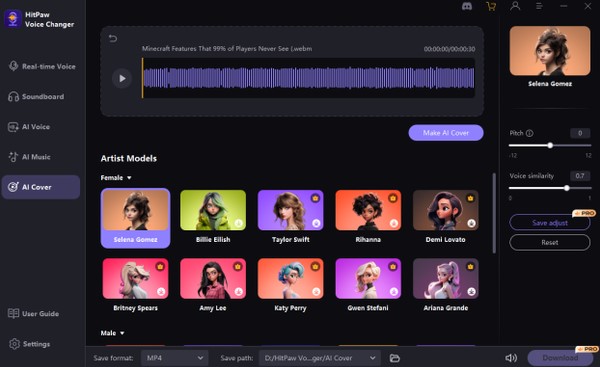
Step 5: Generating the Cover
After setting your parameters, let the AI work its magic:
- Generate the Track: Initiate the AI processing to generate the cover.
- Review the Output: Listen to the AI-generated cover and note areas that might need adjustments.
Step 6: Editing and Fine-Tuning
Fine-tuning is essential to ensure the cover meets your expectations:
- Edit the Elements: Adjust specific elements like harmony or tempo to better suit your vision.
- Add Personal Touches: Consider adding your own vocals or instrumentals to personalize the cover further.
Step 7: Navigating Legal Waters
Before publishing or sharing your AI-generated cover, it’s vital to understand the copyright implications. Ensure you have the rights to use the original song for this purpose. In some cases, you may need to obtain a license to avoid legal issues.
- Copyright Law: Ensure you have the rights to use the original music for creating a cover.
- Licensing: In some cases, obtaining a license might be necessary to avoid copyright infringement.
Top 5 Software or Apps for Creating AI Music
Creating music with AI has become increasingly accessible thanks to a variety of software and applications that cater to both professionals and hobbyists. Here’s a list of the top 5 software or apps for creating AI-generated music, each offering unique features to help you craft your own tunes using artificial intelligence.
1. AIVA (Artificial Intelligence Virtual Artist)
AIVA is one of the most prominent AI music composition software aimed primarily at professionals in the gaming, film, and advertising industries. It uses deep learning algorithms to compose emotional soundtrack music. Notably, AIVA is recognized by SACEM (Society of Authors, Composers, and Publishers of Music), highlighting its legitimacy and utility in professional music production. It offers a user-friendly interface and allows users to create sheet music that is copyright-free under their own name.
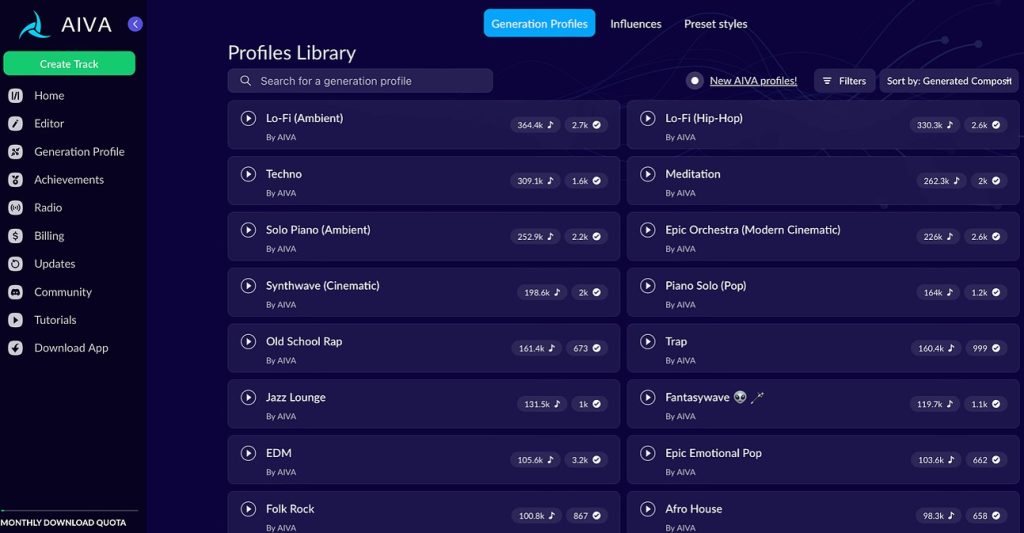
2. Amper Music
Amper Music focuses on creating AI music quickly and efficiently, catering to content creators who need royalty-free music for videos, podcasts, and other media. It allows users to customize the length, style, and instrumentation of their music tracks. Amper’s AI operates within user-set parameters but also offers tools for detailed customization, making it a good blend of accessibility and professional utility.
3. Landr
Primarily known for its mastering services, Landr has expanded into AI-driven music creation. It provides tools for music composition as well as production, mastering, and distribution, making it a comprehensive platform for independent artists. Its AI-powered music creation tool helps users generate unique and professional-sounding tracks based on a variety of adjustable parameters.
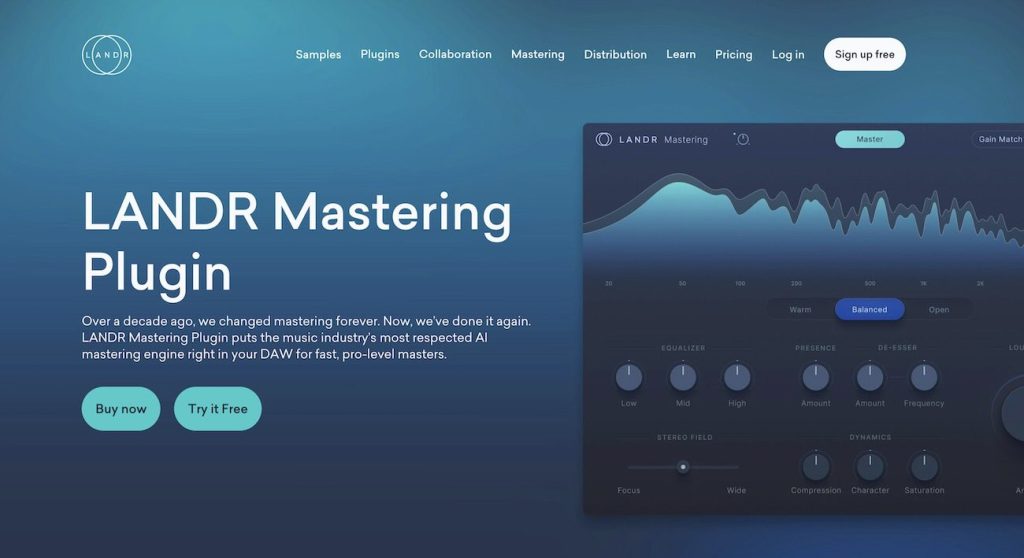
4. MuseNet by OpenAI
MuseNet is a deep neural network that can generate musical compositions with up to 10 different instruments and can produce music in multiple styles, from classical through to pop and rock. It was developed by OpenAI and is capable of understanding and producing complex compositions that include harmony, rhythm, and style. MuseNet’s capabilities demonstrate how advanced AI has become in understanding and creating intricate musical pieces.
5. Boomy
Boomy is designed for users looking to create and release music quickly. It enables users to generate songs in minutes, which can be published directly to streaming services. Boomy is ideal for amateur musicians or those who want to experiment with music creation without needing musical training. It provides an intuitive platform that simplifies the music-making process and offers opportunities for users to monetize their creations.
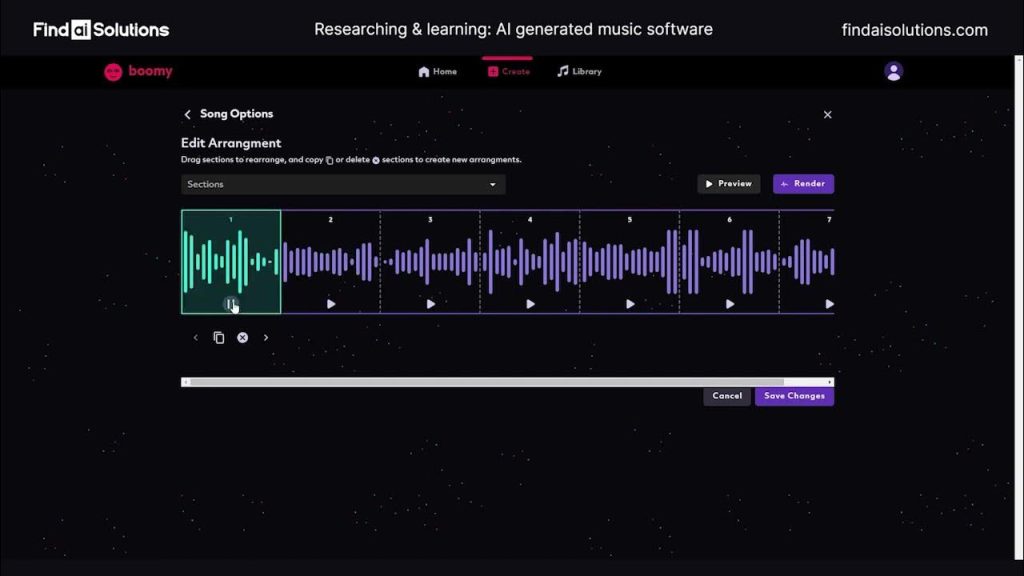
Are AI Cover Songs Legal?
The legality of AI-generated cover songs hinges on several key aspects of copyright law, and understanding these can help clarify what is permissible and what might invite legal trouble. Here’s a detailed breakdown of the considerations:
1. Understanding Copyrights in Music
Music copyrights are generally divided into two main components: the composition and the recording. The composition refers to the melody, lyrics, and structure of the song written by the composer and lyricist. The recording, on the other hand, is the actual performance of that composition, captured and produced by or for recording artists and their labels.
When creating cover songs, even with AI, both of these aspects must be considered from a legal standpoint.
2. The Legal Requirement for Cover Songs
To legally make a cover song (AI-generated or not), you generally need to obtain a mechanical license for the composition. This license allows you to record and distribute your own version of a song, but it does not permit you to make any substantial changes to the melody or lyrical structure of the original composition. In the U.S., mechanical licenses can be obtained through agencies like the Harry Fox Agency or directly from the publisher.
3. Specifics of AI and Copyright
AI introduces complexities into the creation of cover songs:
- AI Interpretation: If the AI reinterprets the song significantly, altering melody or lyrics, this might extend beyond what is covered under a typical mechanical license, potentially requiring additional permissions.
- AI’s Unique Outputs: AI can generate unique variations that might not clearly fall under existing copyright definitions. This could lead to legal gray areas, particularly if the AI-generated version is perceived as a new work derived from the original.
4. Use of Existing Recordings
If the AI uses actual segments of the original recordings to create a cover (known as sampling), this goes beyond a simple cover song and ventures into the territory of derivative works. In this case, you would need to obtain clearance from the copyright holders of the original recording, not just a mechanical license for the composition.
5. Distribution and Commercial Use
The distribution of AI-generated covers, especially for commercial purposes, necessitates careful consideration of copyright laws:
- Digital and Physical Distribution: A mechanical license typically covers both digital and physical distribution but check the specific terms.
- Streaming and Performance Rights: Separate performance licenses are needed if the song will be played publicly (e.g., radio, live performances). Services like ASCAP and BMI handle these rights in the U.S.
6. International Considerations
Copyright laws vary significantly by country. What might be permissible under a compulsory license in the U.S. might not be legal elsewhere without explicit permission from copyright holders. Always consider the jurisdiction in which the song will be released and consumed.
7. Fair Use Doctrine
In some cases, uses of copyrighted material may qualify as fair use (in the U.S.), which considers factors like the purpose of the use, the nature of the copyrighted work, the amount used, and the effect on the market value of the original. However, relying on fair use is risky and typically requires legal advice.
Also Read: “chatgpt 4o vs 4“
Conclusion
Creating AI song covers is an exciting and innovative way to engage with music, blending technology with creativity to reinterpret and transform familiar tunes. With the right tools and a basic understanding of how AI can manipulate musical elements, anyone can embark on this creative journey. The process involves selecting suitable software, choosing a song, setting musical parameters, and fine-tuning the AI-generated output to ensure it aligns with your artistic vision. By carefully navigating the legal aspects and embracing the capabilities of AI, musicians and enthusiasts alike can easily produce unique song covers, making the most of what modern music technology has to offer. This fusion of AI and music not only democratizes music production but also opens up new realms of creative possibility, allowing more people to express themselves through the universal language of music.

![How to Pause Location on Find My iPhone Without Them Knowing? [2024] 26 how to pause location on find my iphone](https://izood.net/wp-content/uploads/2024/10/How-to-Pause-Location-on-Find-My-iPhone-Without-Them-Knowing-400x300.png)
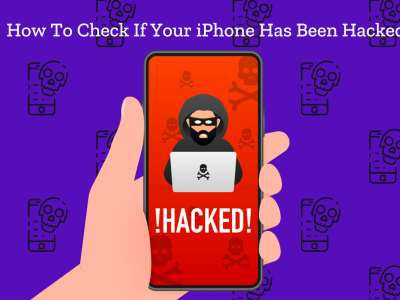
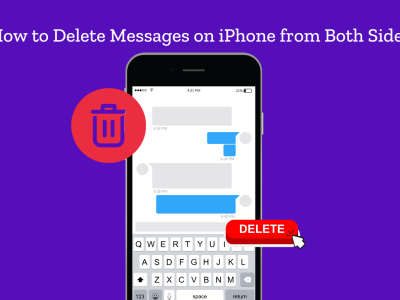
![How To Inspect Element on iPhone [4 Methods] 29 how to inspect element on iphone](https://izood.net/wp-content/uploads/2024/10/how-to-inspect-element-on-iphone-3-400x300.png)
